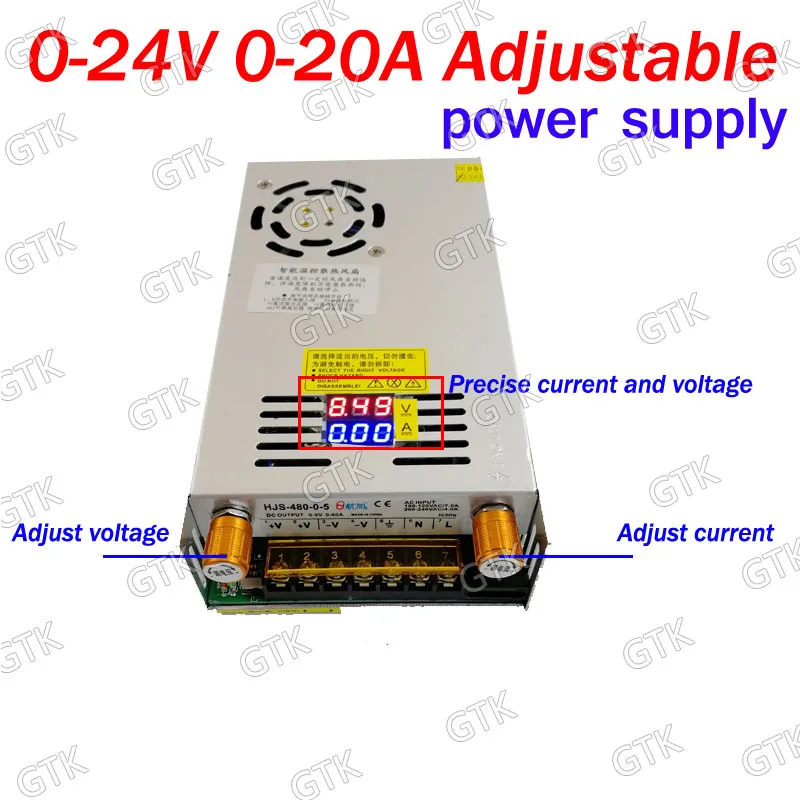Hello everybody,
I'm very new in rapairing boards. Just started some weeks ago with some old (2009 - 2011) MacBooks, which I could repair with help of the YouTube channel of Louis Rossmann (Thank You very much at this point ) .
) .
Now I tried something newer and more expensive :-D A MacBook Pro 13 (A1708) from 2017. The guy who sold me the MacBook told me that repairstore diagnosed a faulty transistor.
That's why I thought: "No problem, just change the transistor and everything will be fine." Well... thought wrong.
The faulty transistor (Q7960) was not hard to find (because the repairstore soldered it out and kept it)... but the problem was another...
So, the solder pads (pins) 3 and 4 (Net BANJO_SW3RVR) are shorted to ground (00.1Ω).
But that's not all... also Inductor L7370 is shorted to ground (00.1Ω).
Sadly I can't locate the shortcut
Some more informations:
-The board takes actually 20V at 140 to 150mA (fluctuating) (without transistor).
-PPBUS_G3H is present with 13.2V.
-I have 4 spare transistors for the Q7960 but didn't soldered any of them on the board because of the short.
-I have access to various equipment: hot air station, solder station, amp-meter for USB-C, multimeter, oszilloscope (in case this is helping for diagnosis).
I hope I will find some help here
Thank you and best regards from germany.
DudiPupan
I'm very new in rapairing boards. Just started some weeks ago with some old (2009 - 2011) MacBooks, which I could repair with help of the YouTube channel of Louis Rossmann (Thank You very much at this point
Now I tried something newer and more expensive :-D A MacBook Pro 13 (A1708) from 2017. The guy who sold me the MacBook told me that repairstore diagnosed a faulty transistor.
That's why I thought: "No problem, just change the transistor and everything will be fine." Well... thought wrong.
The faulty transistor (Q7960) was not hard to find (because the repairstore soldered it out and kept it)... but the problem was another...
So, the solder pads (pins) 3 and 4 (Net BANJO_SW3RVR) are shorted to ground (00.1Ω).
But that's not all... also Inductor L7370 is shorted to ground (00.1Ω).
Sadly I can't locate the shortcut
Some more informations:
-The board takes actually 20V at 140 to 150mA (fluctuating) (without transistor).
-PPBUS_G3H is present with 13.2V.
-I have 4 spare transistors for the Q7960 but didn't soldered any of them on the board because of the short.
-I have access to various equipment: hot air station, solder station, amp-meter for USB-C, multimeter, oszilloscope (in case this is helping for diagnosis).
I hope I will find some help here
Thank you and best regards from germany.
DudiPupan

